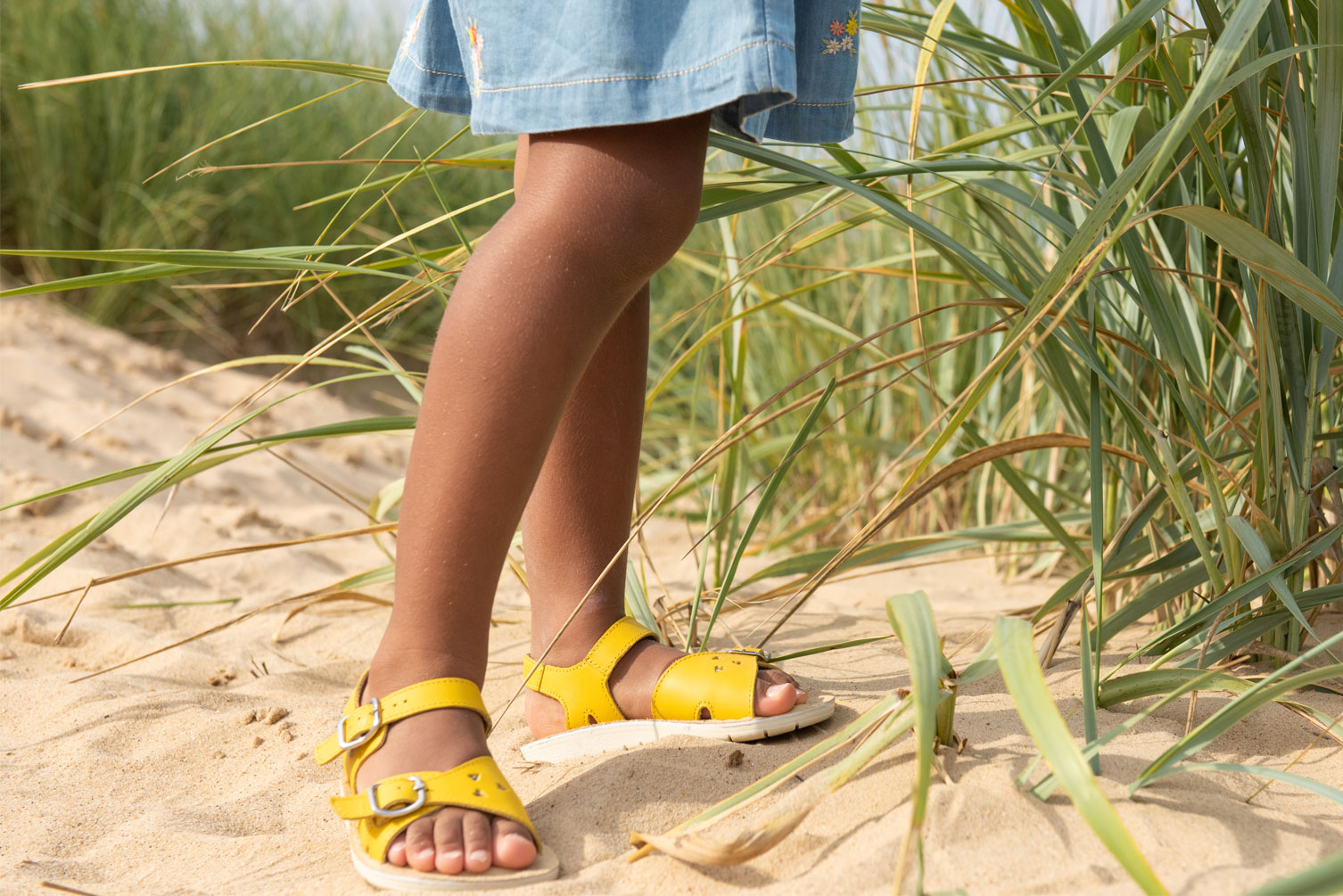
In an average lifetime, our feet will walk roughly 70,000 miles - the equivalent to four times around the earth! It’s no wonder Start-Rite has dedicated over two centuries to looking after them. Feet are fascinating and fantastic. The bones in our feet develop after we are born and the number of bones in our feet change in our lifetime. Our feet act as shock absorbers as well as carrying our body’s weight, all while providing stability, balance and motion for movement. We think good foot health should be considered as important as our hearing and eyesight!
In this blog, we look at the bones and structure of our very important feet.
There are roughly 26 bones in an adult human foot. However, the bones are just one element of this fascinating intricate system of hundreds of levers, ligaments, joints, muscles and tendons that Leonardo da Vinci called ‘A masterpiece of engineering and a work of art’. At Start-Rite, we have proudly protected the nation’s feet for over 230 years.
The bones in our feet start to grow when we are still inside our mother’s womb, only eight weeks into our development as a baby. At this point our bones are softer than they’ll become and are made of a substance called ‘cartilage’. This softer tissue is tough but flexible which helps when a baby is still inside its mum, tucked up snug in a small space. While we are in our mother’s womb, the bone development in our feet starts at our big toe, then spreads over the arch towards the heel.
When we are born there are fewer bones in our feet than there will be when we start school. We are born with 22 soft cartilage bones. By the time we start school, we have up to 45 bones and still some cartilage! Our bones don’t form completely until we are about 10 years old and will continue to fuse together, form and mature to around 26 bones, at the age of 16-21. At any point before that, wearing a shoe that doesn’t fit properly can affect how our bones develop.
There is one super joint in our foot that helps us start to walk. It’s called the subtalar joint. It sits just in front of and underneath our ankle joint. It’s very important as it lets the foot flatten and it rolls, so we can take the weight of the step into our foot. As we push off into the step forwards, it re-forms the arch to push forward.
When we are around four to six years old, this clever subtalar joint is still developing and everything still continues to mature together until we start secondary school. This is when we start to walk more like an adult.
The small bones in the foot have fascinating names and all very important roles. Let’s take a brief look at the small bones of the foot:
Start-Rite shoes are designed to protect children. If the front of their shoes are too stiff and rigid then their toes can become stiff because they can’t move properly. If that happens they might then roll their foot inwards to help them move forwards and this can harm their knees and back. Start-Rite shoes support and enable the important joints and bones that are still developing to do so correctly. Our shoes are designed for how little people walk.
Author: Vista, published 13-07-2023.